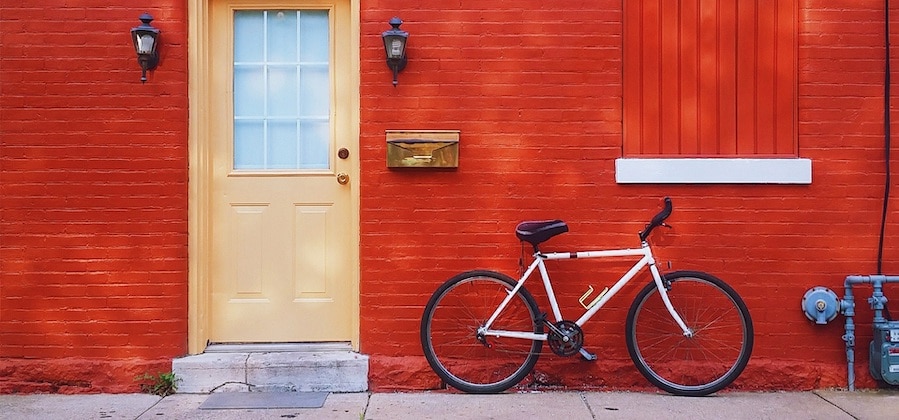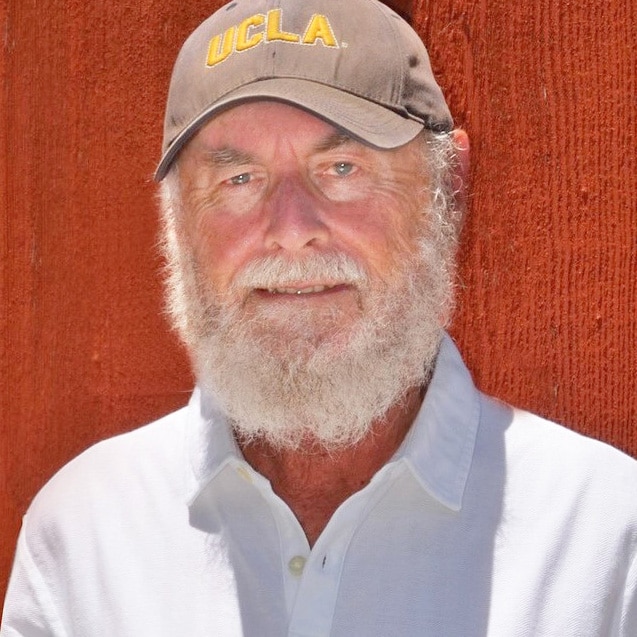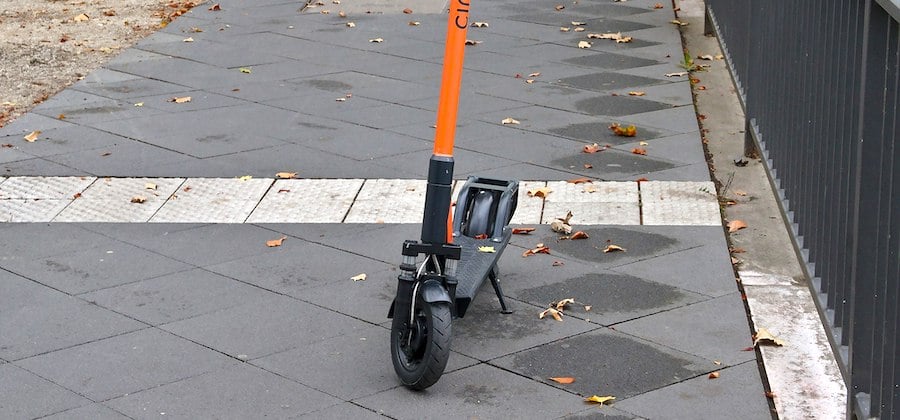
Zoning, which dictates minimum off-street parking requirements for new and old buildings alike, has led to over 30% of our cities being given over to parking lots. While these parking requirements make for better parking, they make everything else worse.
There is no science to parking requirements. Every city adopts its own zoning rules and parking requirements. If you ask a planner how a parking requirement was set in any particular city, they would have no idea where the number came from.
What we do know is that parking requirements do a lot of damage. By favouring the car, cities have sprawled out of shape to make room for cars. And that spread has discriminated against those with lower incomes as housing close in becomes more and more expensive because of the lack of land. It’s made it harder and harder for those who really need to live close to where they work, to be able to afford to live close. If someone needs to buy a car to get to work because they can’t afford the housing that is close to their job, they also have to be able to afford all the associated costs of owning a car. It’s a vicious circle.
A 2016 study found that the median net wealth of Black families hovered at around $17,000, or 10 percent of the net worth of a typical white family. But some cities require two parking spaces per residence for apartments for low income families, and these are often Black families. How can they afford two cars? Since each space could easily cost more than $17,000 to build, wouldn’t it make more sense to put that cost towards higher-quality housing closer to their work?
Dr Donald Shoup, a research professor at the Department of Urban Planning at UCLA, has spent his career deeply immersed in parking and land economics. His book, Parking in the City, shows that parking reforms can improve urban metro areas both economically and environmentally. It’s difficult to reform zoning for parking piecemeal says Donald.
“I recommend that cities should just remove off-street parking requirements.”
Many cities are following his recommendations and looking closely at parking requirement reforms and how this will make that valuable land available for much-development housing development instead. Houston recently increased its no parking requirements to cover a larger portion of the city and San Francisco, Buffalo, Hartford, London and Mexico City have already removed their off-street parking requirements completely. Expect to see more cities follow suit very soon.
Donald and I talk parking in this podcast. Listen in.
Image from pxhere




